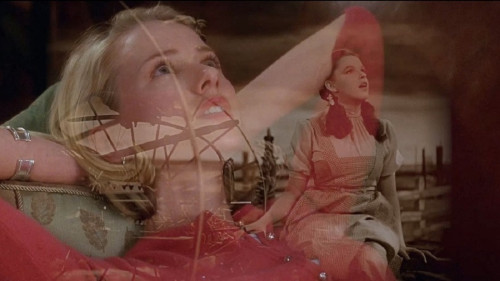Volume 22, Issue 2 / February 2018
Films of the 1940s
In this issue
-
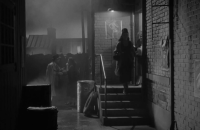
Noir City 16, San Francisco, 26 January-4 February, 2018, Eddie Muller and the Film Noir Foundation
-
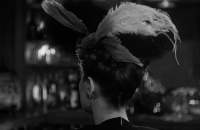
Subverting gender – Cornell Woolrich and the women of film noir
-
-small_200_130_90_c1.jpg)
Torment (aka, Frenzy) (Alf Sjöberg, 1944)
-
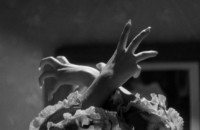
Pas sur la bouche: How Siodmak’s Spiral Staircase Was Built
-
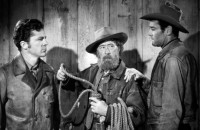
The Ox-Bow Incident (William A. Wellman, 1943)
Offscreen sets its sight into the past, to the 1940s, and features a series of reviews and essays on films made in that war-torn decade. The genre (or movement, depending on your view) that has stood the test of time perhaps best from that period is the film noir. Although the immediate context just prior to and and after the Second World War —French Poetic Realism of the 1930s, the aesthetic influence on film noir of German filmmakers, actors, technicians who fled from Nazi Germany, the difficulties of post-War reintegration of soldiers to civilian life and women to more orthodox domestic roles— is enough evidence for reading film noir as a film movement, but the continuing popularity of the film noir style suggests that even if it started off as a movement, it has morphed into a film genre. In my film circle, there is no one more well versed in film noir than Peter Rist, who makes us all envious of his trip to San Francisco for the film event, Noir City 16. A second essay on film noir follows from first time writer Éloïse Thompson-Tremblay, who demonstrates the progressive depiction of female characters in the novels of noir scribe Cornell Woolrich, and how these progressive elements are largely carried over into the filmic adaptations. Though sometimes labelled a film noir, The Spiral Staircase is more of a gothic melodrama, mystery with horror overtones. Michael Sooriyakumaran studies its generic permutations in his review of the film. Douglas Buck has long been a staunch admirer of Ingmar Bergman, a director whose stock has wavered over the years, but who was once (and still is for some people, like Buck) one of the most important directors of his generation, who helped usher in the tradition of post-war art cinema. Torment was Bergman’s entry into filmmaking, as his first ever script. Though not a film noir, Buck’s review suggests a strong indirect kinship through its German expressionist styling, while passages such as “the severity of the characters and their existential struggles against an unjust universe” could just as well be describing a classic film noir. Rounding out the issue is an essay by David George Menard on the oddball 1943 William Wellman western, The Ox-Bow Incident. Tagged as an “anti-western” for its stage bound claustrophobic style, anti-vigilantism and heavy reliance on dialogue over action, The Ox-Bow Incident remains a curious mix of entertainment and moralism. (Donato Totaro, ed.)





